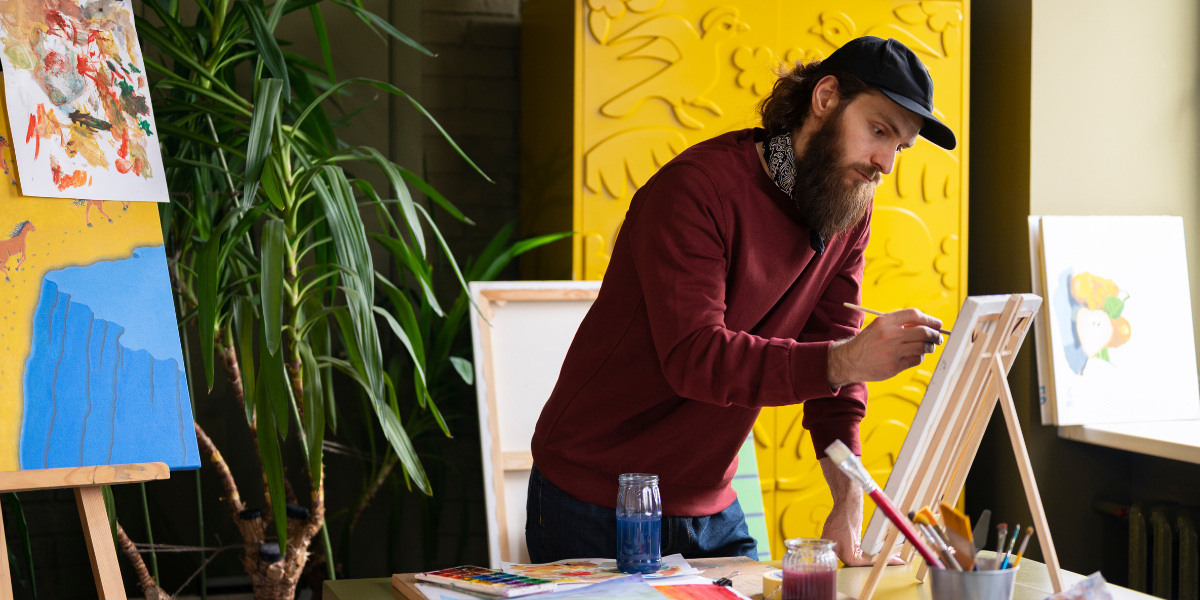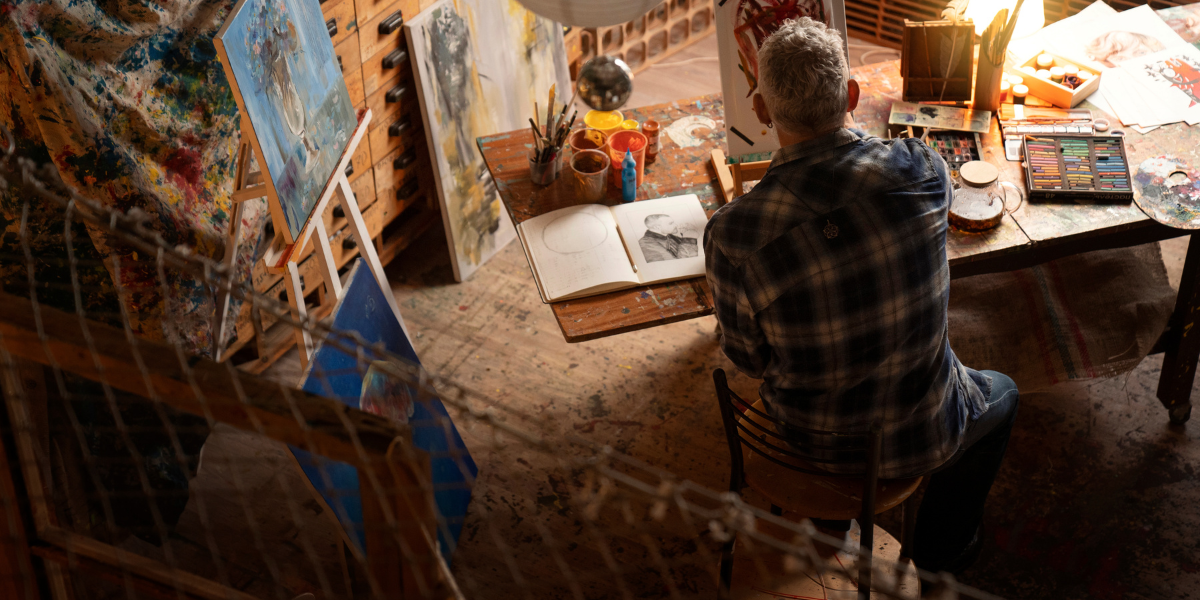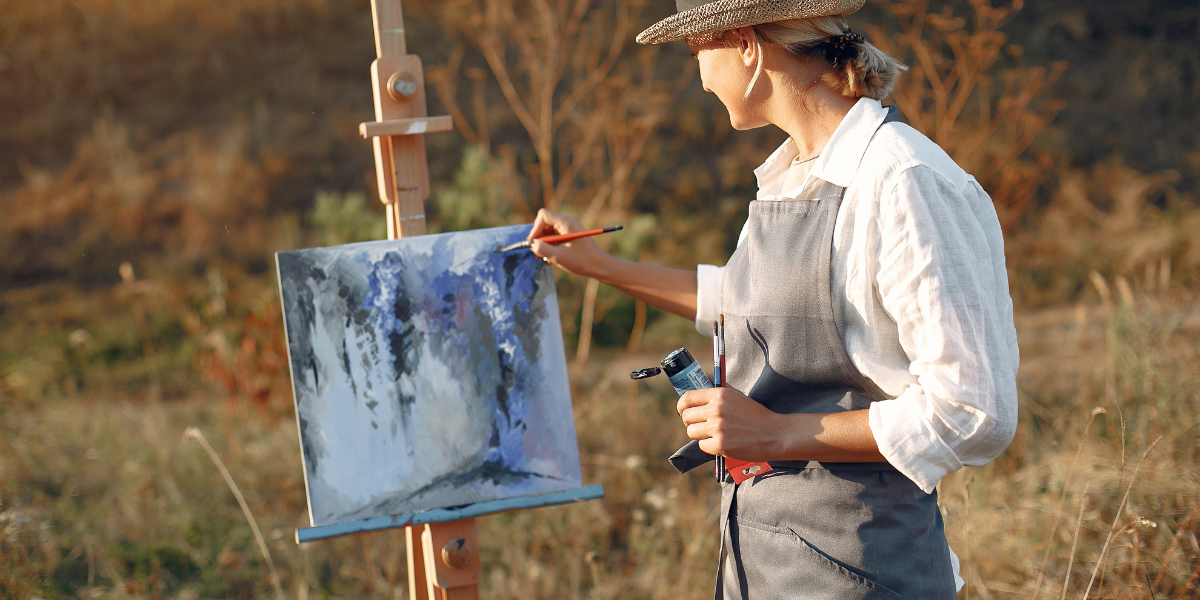Control the Environment
Avoid Direct Sunlight
Sunlight is the number one enemy of paintings. Prolonged exposure to UV rays can cause colors to fade and canvas to weaken. Always hang your artwork away from windows or use UV-filtering glass when framing.
Monitor Temperature and Humidity
Paintings, especially those on canvas or wood, are sensitive to temperature and humidity fluctuations. Excess heat can cause cracking, while high humidity can lead to mold or warping.
Best conditions:
- Temperature: 18–22°C (64–72°F)
- Humidity: 40–55%
Keep Away from Vents and Fireplaces
Avoid placing paintings near heaters, air conditioners, or fireplaces. The continuous heat or airflow can dry out paint, stretch canvas, or cause structural damage.
Cleaning Your Paintings Safely
Dusting
Use a soft, dry microfiber cloth or a clean artist’s brush to gently dust the surface. Always dust with light pressure and never use water or sprays directly on the painting.
Avoid Chemical Cleaners
Never use household cleaners, polishes, or glass cleaner near artwork. These can strip the paint, damage varnish, or stain the canvas.
Cleaning Framed Paintings
If your painting is framed under glass, use a soft cloth with glass cleaner — but spray the cloth, not the glass. Avoid letting moisture seep into the frame
Framing for Protection
Use Protective Glass
For valuable or delicate works, consider UV-protective glass or museum-grade acrylic. This blocks harmful rays and helps reduce glare.
Choose Acid-Free Materials
Make sure the frame backing, matting, and mounting materials are acid-free to avoid yellowing or degrading the painting over time.
Secure the Frame
Use strong, rust-proof hangers and wall anchors. Loose frames can allow dust in or cause ac Rotate and Reposition Periodically
Even with great care, constant exposure to the same environment can cause stress on certain areas of a painting. Consider rotating your artwork every year or so. This also gives you the joy of refreshing your decor without buying Handling and Transporting Paintings
- Handle with clean hands or cotton gloves. Oils from skin can stain or degrade the canvas.
- Always hold by the sides, never by the top edge or hanging wire.
- When moving, keep the painting upright and avoid stacking.
- Wrap in acid-free paper and bubble wrap during tran Consider Professional Maintenance
For antique or highly valuable paintings, consult a professional conservator every few years for inspection or cleaning. They use advanced techniques to restore color, remove dirt buildup, and re-stretch canvases if needed.
What to Avoid at All Costs
- Never hang paintings in bathrooms or kitchens — moisture and steam are damaging.
- Don’t use tape, glue, or adhesives directly on the back of canvases.
- Avoid hanging in poorly ventilated or damp corners of the house.




